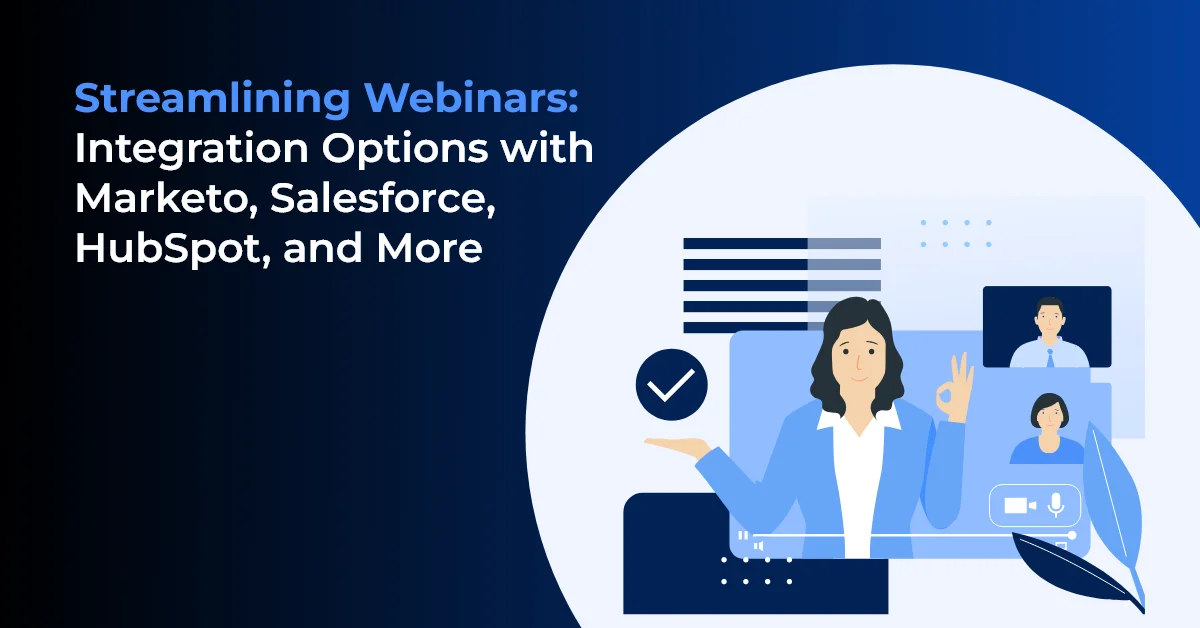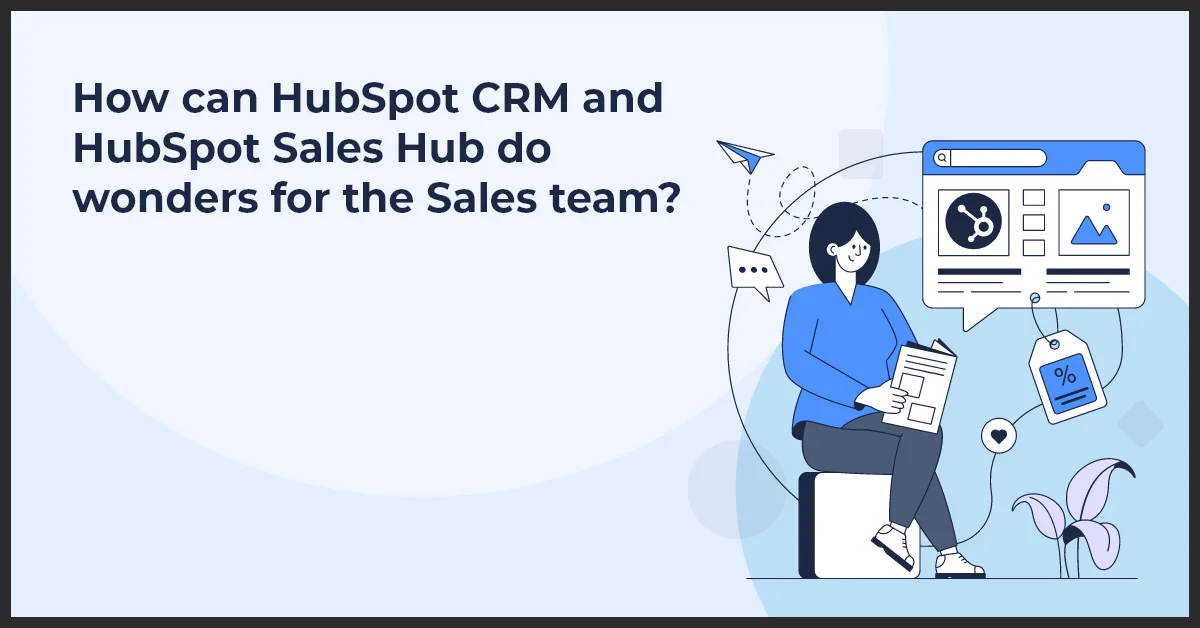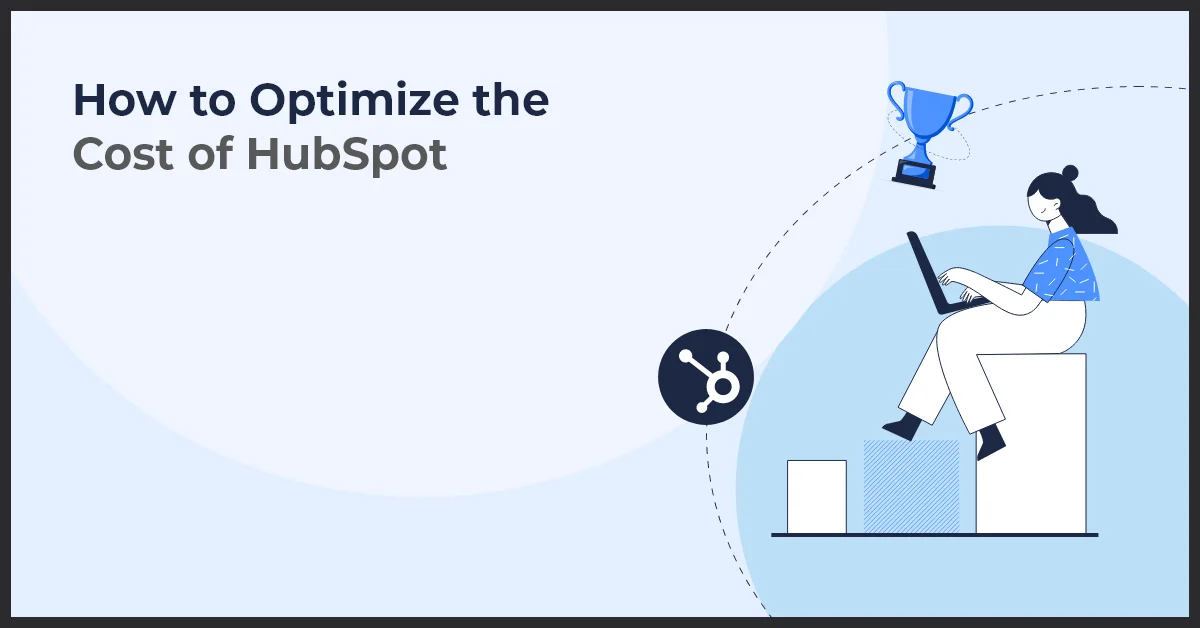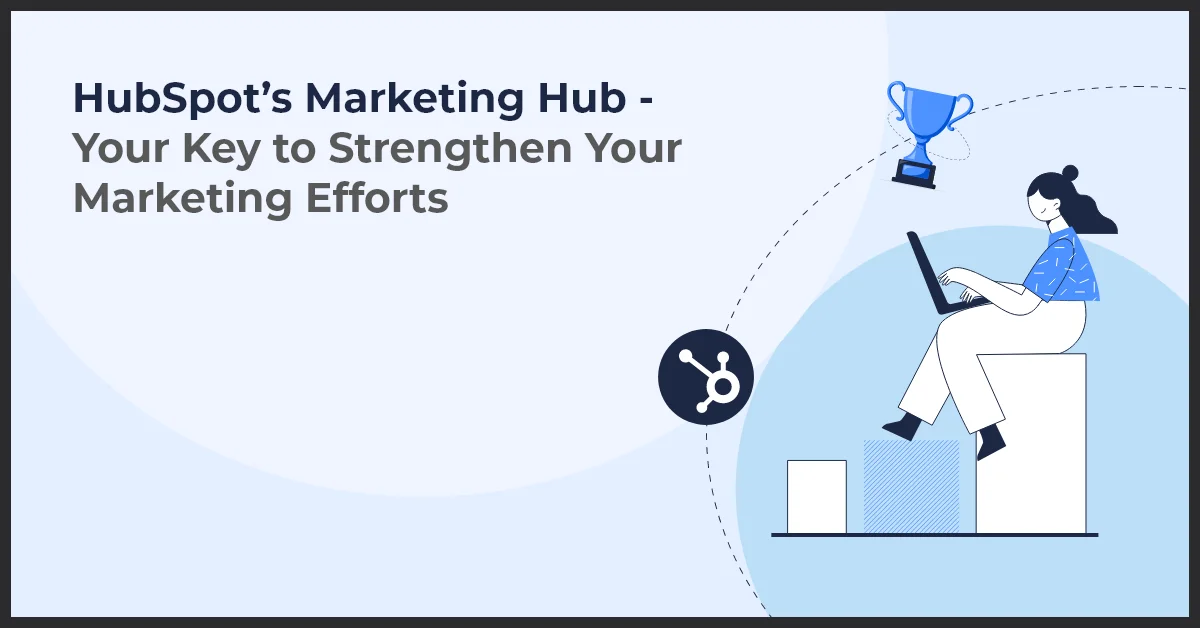Streamlining Webinars: Integration Options with Marketo, Salesforce, HubSpot, and More

Published on: June 14, 2023
Updated on: August 19, 2024
2343 Views
- HubSpot
8 min read
When is your next webinar scheduled? Chances are, you have one scheduled for today and have to attend a couple, if not more, every week. The COVID-19 pandemic made webinars popular, and they became the saving grace for the corporate world when people were locked indoors. Zoom, Google Meet, Livestorm, GoToWebinar, etc., became the go-to tools for conducting meetings and reaching out to clients.
Though the pandemic is behind our backs, the popularity of webinars is here to stay. Webinars have become popular for businesses to engage with their audiences, share knowledge, and drive conversions. To understand the popularity of webinars, let us look at a few stats.
- 95% of marketers see webinars as important for marketing efforts.
- The global webinar market will reach $800 million in 2023
- 58% of marketers leverage webinars for promotions
These stats indicate webinars’ importance as a marketing tool. They add convenience and reach while reducing marketing costs at the same time. However, managing and integrating webinar platforms with other marketing and customer relationship management (CRM) tools can be complex. How do you approach Zoom webinar integration? What are the best practices for webinar technology integration? In this article, we'll delve into the world of webinar integration and answer all your questions.
What Is Webinar Integration?
Before we discuss technology for integrating webinars into your CRM tools, it is important to understand the concept of webinar integration. It involves connecting your preferred webinar platform with other marketing automation, CRM, or content management systems. For example, if you aim for a Marketo webinar integration with Zoom with the help of a Marketo agency, this integration will ensure a seamless workflow and enable you to leverage the full potential of your webinar strategy on Marketo. Webinar integrations allow streamlined data transfer, enhanced audience targeting, and improve the reach and efficiency of your marketing campaigns.
Marketing and Lead Generation through Webinars
Webinars have become an increasingly popular marketing tool for lead generation. These online seminars allow businesses to engage with their target audience, showcase their expertise, and generate high-quality leads. Here are some key strategies for using webinars to boost your marketing and lead-generation efforts:
Utilizing webinars as a marketing tool for lead generation
Webinars provide a unique opportunity to educate and engage with potential customers. You can position your brand as a trusted authority in your industry by offering valuable content and insights. It not only helps to attract leads but also nurtures them through the sales funnel.
Integration of webinars with marketing automation platforms
To effectively generate and manage leads through webinars, it is essential to integrate them with your marketing automation platform, which could be easily done with the help of a marketing automation agency. This integration enables you to seamlessly capture attendee information, track engagement, and automate follow-up communication. By leveraging the power of marketing automation, you can efficiently nurture leads and drive conversions.
CRM systems, emails, and lead-capturing mechanisms for webinar integration
In addition to a Marketo marketing agency, integrating webinars with your CRM system is crucial for lead generation. This integration allows you to capture attendee data, track interactions, and align webinar attendees with your existing leads and contacts. Furthermore, leveraging email marketing and lead-capturing mechanisms, such as registration forms, helps you build a robust pipeline of qualified leads.
With the right webinar integration, you can seamlessly synchronize attendee data, automate lead nurturing, and measure the impact of your webinars on revenue generation. By effectively combining webinars with marketing and lead generation strategies, you can maximize the ROI of your webinar initiatives.
Webinar Integration With Different Platforms
Now that we have discussed the importance of webinars and the concept of integration, it's time to shift our focus to platform-specific integrations. We shall look at webinar integrations with CRM, content management, and marketing automation platforms from the perspective of Zoom, as it is the most popular webinar platform, with more than 50% of the market share in several countries.
Marketo-Zoom Webinar Integration with the help of experienced Marketo consultants.
Marketo, a leading marketing automation platform, offers robust integration with Zoom. This integration enables you to seamlessly sync webinar registration data, attendance metrics, and engagement insights into your Marketo system. Here’s a step-by-step guide to Zoom webinar integration with Marketo
- In your Marketo account, navigate to the Admin section.
- Navigate to the Integration tab, select LaunchPoint, look for the Zoom application, and enable it.
- Generate Zoom API credentials to establish the connection between Marketo and Zoom.
- Return to the Integrations tab, click the Configure button, and enter the API credentials generated in the previous step.
- Your integration is successful, and you can set up relevant campaigns, forms, landing pages, and emails within this program.
HubSpot-Zoom Webinar Integration
HubSpot is one of the most popular CRM and marketing automation platforms. HubSpot webinar integration with Zoom lets you effortlessly capture webinar registration data within HubSpot and automate post-webinar workflows. Zoom webinar integration with Hubspot lets you personalize communication based on attendee behavior and generate insights to nurture leads, drive engagement, and boost your sales. Let us take you through a step-by-step guide to HubSpot-Zoom webinar integration.
- Log in to your HubSpot account and navigate to the App Marketplace
- Search for the Zoom integration and click the "Connect app" button to begin the integration process.
- Authorize HubSpot to access your Zoom account by entering your Zoom credentials.
- In the next step, configure Zoom integration in HubSpot by specifying default webinar registration, confirmation email templates, and custom workflows.
Zoho CRM-Zoom Webinar Integration
Zoho CRM is a customer relationship management system widely used by a business automation agency. It offers integration options with various webinar platforms, including Zoom. By integrating Zoho CRM with Zoom webinars, you can sync attendee details, track engagement metrics, and trigger automated workflows within Zoho CRM. Here’s how you should approach Zoho CRM-Zoom webinar integration -
- Log in to your Zoho CRM account and navigate to the Marketplace
- Search for the Zoom integration and click the "Install" button to begin the integration process.
- Authorize Zoho CRM to access your Zoom account by typing in your Zoom credentials.
- Complete the process by configuring the Zoom integration settings.
- To create a webinar, configure the settings to your Zoom account, including the date, time, title, description, registration form, etc.
Pardot-Zoom Webinar Integration
Pardot is Salesforce’s marketing automation platform and is highly popular for Marketo consulting due to its features and scalability. Integrating Pardot with Zoom, with the help of Pardot consultants, allows you to create custom automation rules and nurture leads based on webinar interactions. Zoom webinar integration with Salesforce and Pardot lets you drive engagement, measure campaign effectiveness, and align your webinar strategy with your broad marketing efforts. Here’s a step-by-step guide for Pardot webinar integration with Zoom.
- Log in to your Pardot account and navigate to the Admin section.
- Navigate to the AppExchange Marketplace in the Connectors tab and find the Zoom integration app.
- Click the "Get It Now" button to initiate the installation process.
- Follow the prompts to install the Zoom integration app for Pardot
- Enter your Zoom API credentials in the Connectors tab to complete the integration.
The process of MailChimp Zoom webinar integration, Slido-Zoom webinar integration, and Squarespace webinar integration are similar. You can seamlessly integrate Zoom or other webinar platforms based on your chosen CRM, marketing automation, or content management platform. The steps to integration are similar and take only a few minutes.
Webinar Integration Testing
Once you have integrated your webinar platform with your CRM or marketing automation platform, put it through a test. It lets you validate the smooth functioning of the integration. With these tests, you can verify that data transfer, automation workflows, and communication between the webinar platform and other systems are working as intended. This testing involves validating important tasks such as registration, attendee data synchronization, email notifications, etc.
Final Thoughts
Webinars are and will be a crucial part of your marketing strategy. While businesses used them for conducting meetings during the pandemic, they also realized their potential as a powerful marketing tool. Whether you're using Marketo, HubSpot, Zoho CRM, Pardot, or other platforms, integrating with webinar solutions lets you capture important customer data, automate workflows, and personalize communication. When you leverage this integration, you can take your campaign to new heights and drive conversations.Webinar integrations can pose their challenges. If you face one, you can seek help from our experts at Growth Natives. We are a full-stack marketing automation agency and partner with Marketo, HubSpot, Pardot, etc., to drive your marketing efforts. Call our toll-free number, +1 855-693-4769, or email us at info@growthnatives.com for more.
Frequently Asked Questions
Integrating webinars with platforms like Marketo, Salesforce, and HubSpot enhances lead generation, simplifies follow-up processes, provides richer data for analysis, and ensures seamless data synchronization across systems.
Marketo integrates with webinar platforms through APIs and native connectors, allowing automatic registration, attendance tracking, and follow-up emails. This ensures that all webinar interactions are captured in Marketo for lead scoring and nurturing.
Salesforce webinar integrations typically include automatic data syncing for registrations and attendance, custom reporting, lead scoring based on webinar engagement, and the ability to trigger workflows and tasks based on webinar interactions
Yes, HubSpot offers robust tools for promoting and managing webinars, including landing page creation, email marketing, registration tracking, and post-webinar follow-up. HubSpot’s CRM capabilities help in tracking all attendee interactions.
Popular webinar platforms like Zoom, GoToWebinar, and WebEx have built-in integrations with Marketo, Salesforce, and HubSpot. They offer seamless data exchange and are commonly used for business webinars.
Integration usually involves setting up connectors or APIs between the webinar platform and the marketing/CRM system. This may require configuring settings within both systems, mapping data fields, and testing the integration to ensure data flows correctly.
Common challenges include data mismatches, integration errors, API limitations, and maintaining data privacy and security. Ensuring accurate data mapping and regular monitoring can help mitigate these issues.
You can track performance through built-in analytics and reporting features in Marketo, Salesforce, and HubSpot. Key metrics include registration numbers, attendance rates, engagement levels, and post-webinar follow-up effectiveness.



